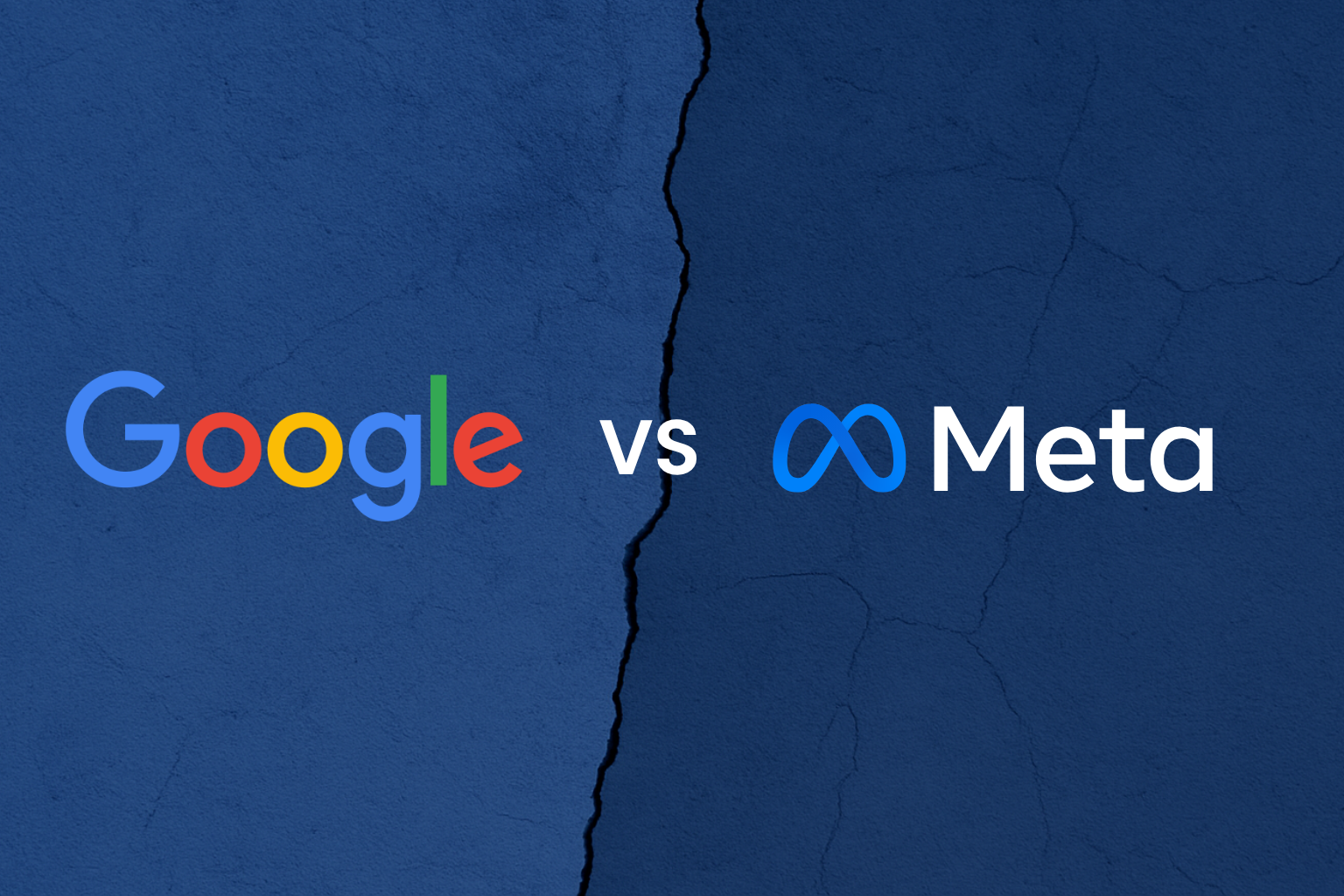Running Google Ads successfully requires more than setting up campaigns and letting them run. With competition rising and ad costs fluctuating, e-commerce brands need smart strategies to ensure every penny spent delivers measurable results. An experienced e-commerce marketing agency will always look beyond the basics—optimising feeds, campaign structure, bidding strategies, and data integration.
Here are seven proven tips to maximise your Google Ads performance:
1. Build Category-Specific Performance Max Campaigns
Performance Max (Pmax) is powerful, but lumping all products into one campaign limits control. Instead, create category-specific Pmax campaigns that focus on your top-performing or high-priority categories. For example, split campaigns into best-sellers and core-collections into a campaign, and have seasonal, sale and new in products in another Pmax campaign. This structure not only improves budget allocation but also helps reduce the likelihood of the always on campaigns slipping back into the learning phase whenever you make changes for promotions or seasonal updates.
2. Optimise Your Product Feed
Your feed is the backbone of Shopping and Pmax campaigns. Simple optimisations - such as refining product titles, adding keyword-rich descriptions, ensuring high-quality images and categorisation - can significantly boost visibility.
3. Always use tROAS bidding
Target ROAS (tROAS) bidding helps balance growth and efficiency. By setting a realistic target return, you give Google’s algorithm the right signals to maximise revenue. Avoid manual CPCs or purely volume-based bidding in e-commerce - tROAS aligns better with profitability goals and scales with performance.
4. Exclude Brand from Pmax (But Keep Brand Shopping Included)
Including brand traffic in Pmax can skew reporting and inflate performance. The smarter approach is to exclude brand from Pmax campaigns and run dedicated brand campaigns. This way, you maintain visibility when customers search directly for your brand, while being able to control costs too. Pmax can then focus on acquiring new customers through non-branded terms.
5. Use Max Clicks or Target Impression Share for Brand Search
Brand campaigns often deliver the highest conversion rates and lowest CPAs. To protect this, use Max Clicks or Target Impression Share bidding strategies.
Defend your Brand Space
This ensures your brand dominates the search results, keeps competitors at bay and maintains a strong presence.
6. Import First-Party Data from Your CRM
Connecting platforms like Klaviyo or Ometria to Google Ads allows you to build smarter, privacy-compliant audiences. Import data segments such as high-value customers, churned users, or recent purchasers to create better exclusion lists and lookalike audiences. Leveraging first-party data is something every forward-thinking e-commerce marketing agency prioritises to stay ahead of the competition.
7. Create Tightly Themed Generic Search Campaigns
Generic search is highly competitive, but with the right structure, it can deliver. Avoid broad keyword dumping and instead build tightly themed ad groups that focus on specific product lines.
Improve Relevance and Quality Score
For example, instead of one generic furniture campaign, split it into dining tables or sofas. This improves ad relevance, quality score and ultimately reduces CPCs.
If you’re looking for hands-on expertise, partnering with a specialist ecommerce, social and PPC agency can give you the edge - bringing proven strategies, tailored insights, and the ability to scale with confidence.
.png)
.png)


.jpg)


.png)
.png)
.png)

.png)


.svg)
.svg)
.svg)
.svg)